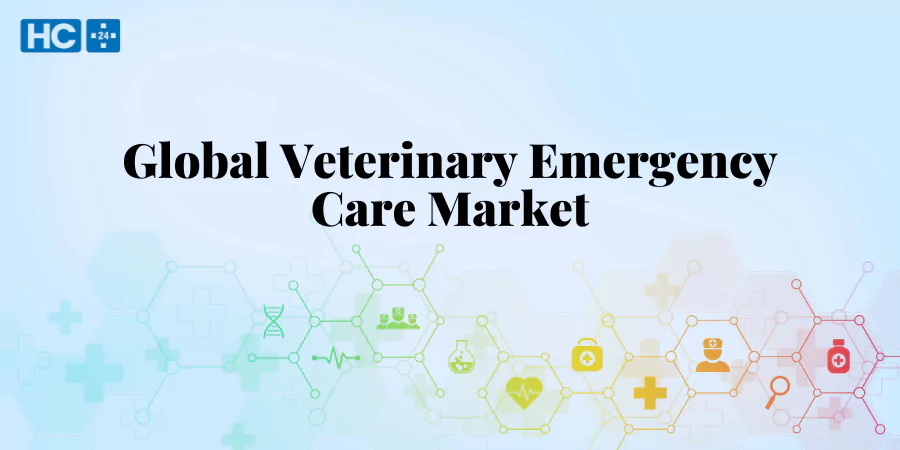The veterinary emergency care market is experiencing significant growth, driven by increasing pet ownership, heightened awareness of animal health, and advancements in emergency veterinary services. Valued at $20.92 billion in 2025, the market is projected to reach $28.07 billion by 2030, reflecting a Compound Annual Growth Rate (CAGR) of 6.05% during the forecast period.
Key Market Drivers
- Rising Pet Ownership and Awareness
The global increase in pet adoption has led to a higher demand for emergency veterinary services. Pet owners are more vigilant about their animals’ health, seeking immediate care during emergencies, which propels market growth.
- Advancements in Veterinary Emergency Services
Innovations such as telemedicine, portable diagnostic tools, and specialized emergency care units have enhanced the quality and accessibility of veterinary emergency services, contributing to market expansion.
- Growing Incidence of Pet Emergencies
The rise in accidental injuries, ingestion of foreign objects, and sudden illnesses among pets necessitates immediate medical attention, thereby increasing the demand for emergency veterinary care.
Regional Market Insights
- North America: Holds the largest market share, attributed to advanced veterinary infrastructure, high pet ownership rates, and substantial healthcare expenditure.
- Asia-Pacific: Expected to witness the fastest growth due to increasing pet adoption, rising disposable incomes, and growing awareness of animal health.
Major Market Players
The veterinary emergency care market is competitive, with key players focusing on expanding their services and adopting innovative technologies. Notable companies include:
- VCA Animal Hospitals
- BluePearl Specialty and Emergency Pet Hospital
- MedVet
- Ethos Veterinary Health
- National Veterinary Associates
These organizations are at the forefront of providing comprehensive emergency services, ensuring timely and effective care for animals in critical conditions.
Future Outlook
The veterinary emergency care market is poised for continued growth, driven by technological advancements, increasing pet insurance adoption, and a growing emphasis on animal welfare. As the demand for immediate and specialized veterinary services rises, the market is expected to expand further, ensuring better health outcomes for animals worldwide.




